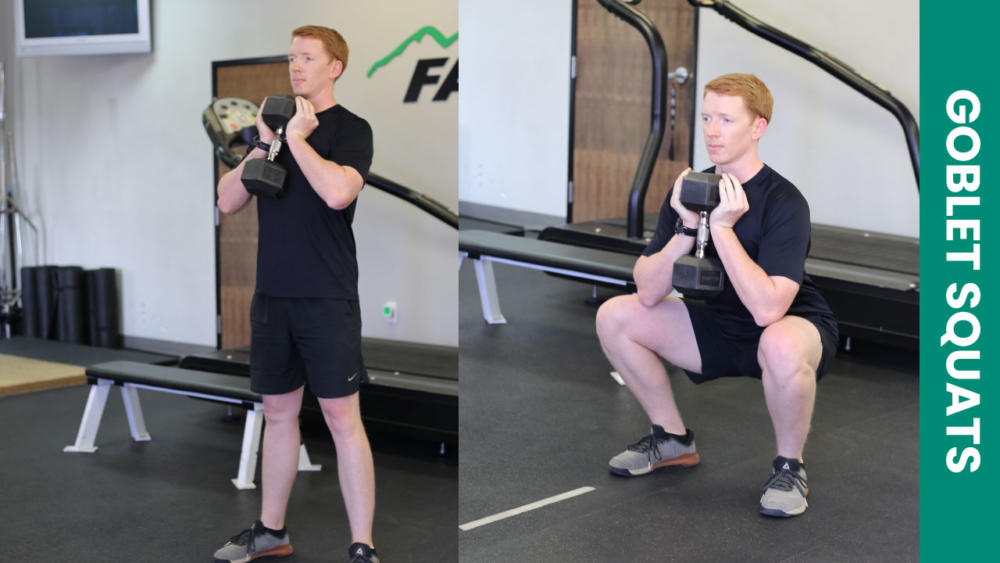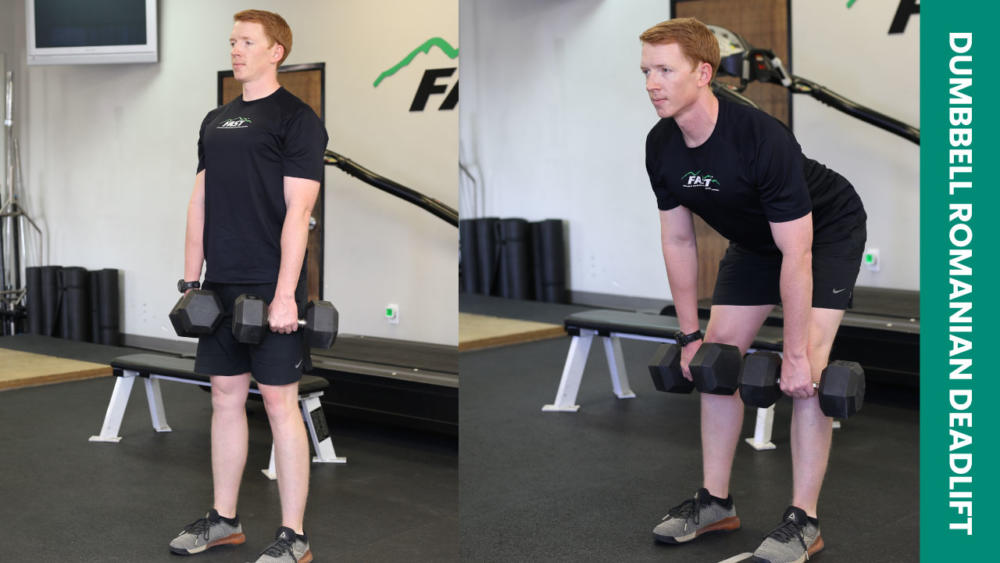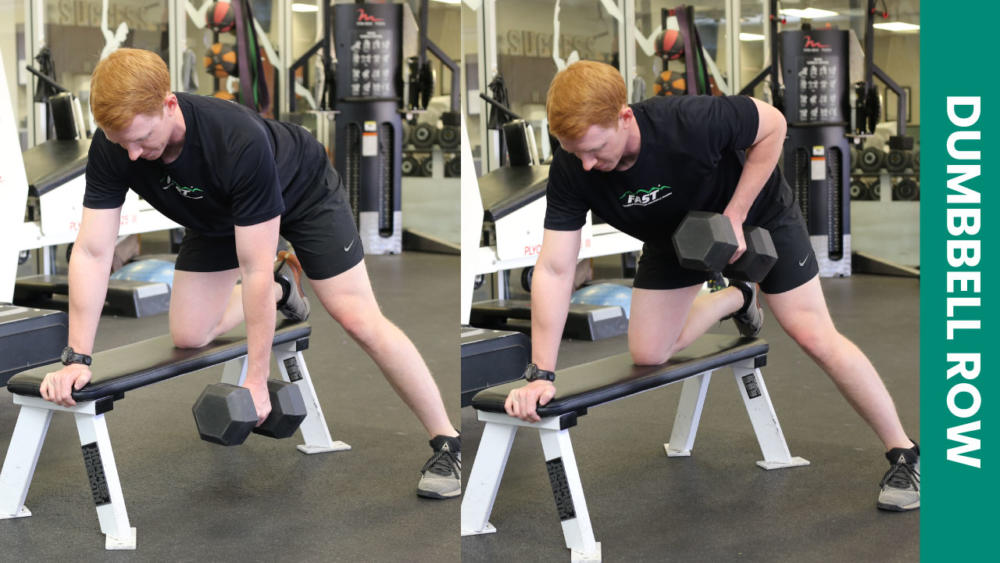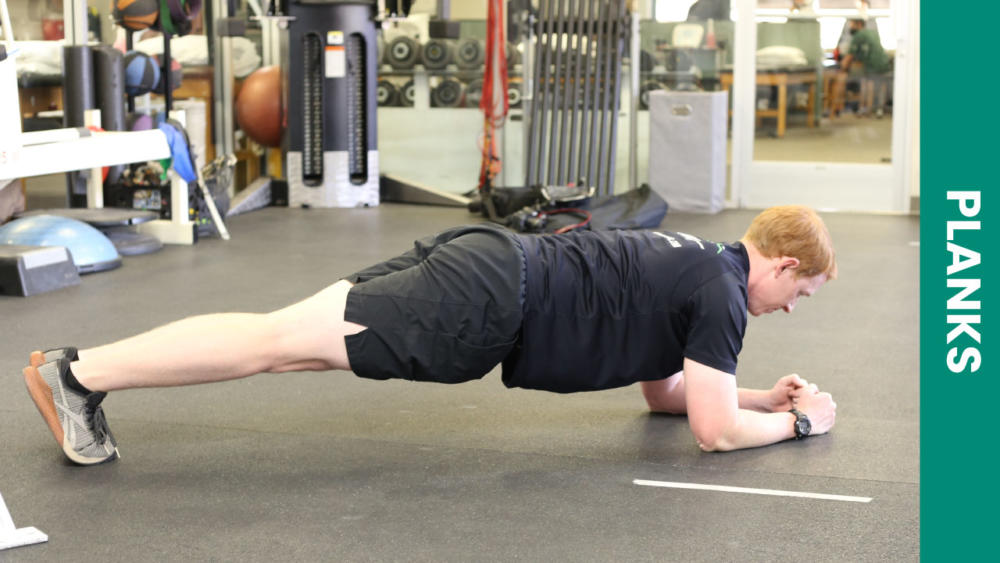Over one year ago, the world as we knew it came to a screeching halt. For many of us, this meant finding new ways to train. Unless you had a home gym to utilize, the resistance training methods we love were not available. I traded my gym time for extra hours of hiking and biking; maybe you took up calisthenics, yoga, or Netflix (let’s be honest, we all did it). As things are calming down, many of us are ecstatic to get back into the gym. Let me provide you with some tips for making a smooth transition back into lifting. Take your time, be smart, and before you know it, you will be back to crushing it in the weight room!
As with any discipline, the first place you should look to get back on track are the basics.
Get your mind right
After six months out of the gym, I started my training with a workout I wrote to “ease back into lifting.” Decreasing some weights to account for my certainly diminished strength levels, I felt a little weak but on top of the world! Finally, I was back in the gym, really pushing myself and moving some weight around! Look out world, Tyler is back! Then I woke up on Tuesday. I couldn’t move right for a week!
Don’t be like me. Be smarter than me. Get your ego in check and build yourself back up. If you are too sore to move, you can’t get good training in and you won’t make progress.
You are back to being the gym newbie. You are going to use some light weights. You are going to feel ridiculous doing movements far more basic than what you are used to. Get over it. You’ll be better off and it will be less painful to get back into it the right way.
Get moving
You have a class of muscles called tonic muscles. These are muscles that tend to get tight with inactivity and aging. Among these are your hip flexors, chest, upper traps, hamstrings, and calves. When these muscles are tight, you WILL have difficulty moving through the full range of motion many exercises require. Tightness in these areas can also lead to back pain, shoulder issues, neck pain, knee pain, etc.
To get back to your former glory, you need to spend time loosening up these areas and any other problem areas unique to yourself (old sports injuries anyone?). Many people’s biggest mistake when working on mobility is not holding stretches long enough. When static stretching, aim to hold each position for at least a minute to give your muscles time to relax into the stretch.
Here are a few of my favorite exercises for getting your range of motion back. I recommend doing each of these 2-3 times daily.
- Couch Stretch
- Pass Throughs – 15 reps
- Down Dog Calf/Hamstring Stretch
- Wall Slides – 15 reps
Get your strength back
Any strength training program you do should be balanced around the basic human movement patterns of squat, hinge, push, pull, and brace. There are countless progressions for training these movements (I.e. single limb movements, heavier loads, controlling tempo, etc.) but if you are not proficient at these basic patterns, you need to fix that before you move on. Being we are working on the basics, we will stick to some of the most basic examples of these movements.
This program is what I should have done in coming back to the gym. Worst of all, I knew it was what I should do and I didn’t do it. Don’t be like me. Do what I should have done.
My program for returning to the gym works for two main reasons. First, it allows your neurological system to readapt to weight training without the punishing central nervous system fatigue seen when lifting heavy. Second, it is easy for your muscles to recover from this program, allowing you to return for more training.
The plan
Below is my recommended strength training protocol for getting back into the gym. If you do this plan three times a week for four weeks, you will be set up wonderfully to head back towards your normal training routine. I have provided pictures of the exercises at the end of the article.
A few key points:
- Get a full warm-up in. Maybe even work on loosening up some of those tight muscles (hint hint cough cough).
- Use moderately light weights. You should not struggle to complete any reps, but it shouldn’t be easy. If you are struggling, lighten the load. If it is easy, increase the weight. Weights will and should increase significantly over the 4-week protocol.
- Complete all exercises in a circuit to allow proper rest of muscle groups between sets.
- Rest 30 seconds to 1 minute between exercises
- Sets: Week 1 = 2, Week 2 = 3, Week 3 = 4, Week 4 = 5
Exercises
Goblet squats – 10 reps

Push ups – 10-20 reps
Pick a number you can do for all the sets, 10-20 is a good place to start (go from your knees or elevate your hands if needed)

Dumbbell Romanian deadlift (DB RDL) – 10 reps

Dumbbell row (DB Row) – 10 reps

Plank – 30 to 60 seconds
Time that is doable for all sets without much trouble. For most people this will be between 30-60 seconds. Adjust time as needed.

To schedule a free fitness assessment with a strength and conditioning coach, visit fast-training.com



